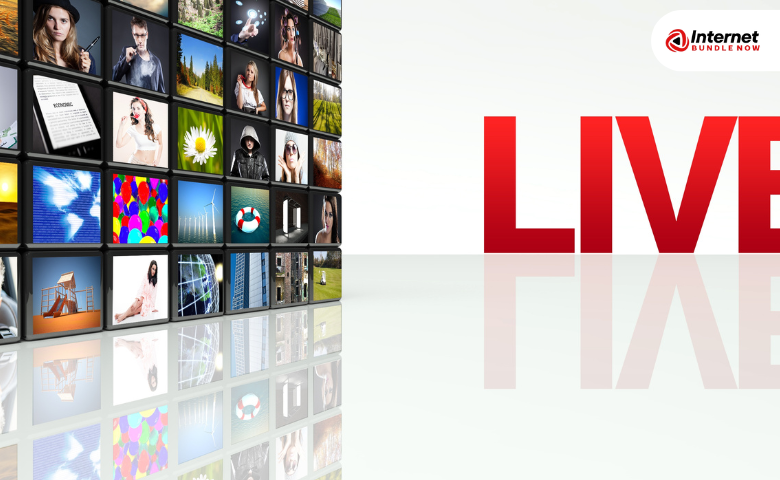- TV
How to Get Premium Channels with Your Cable TV Bundle?
Access to exclusive entertainment content is a priority for many viewers seeking a richer television experience. Premium chan...
Explore More
In today's digital age, the ability to stream live TV has become a cornerstone of entertainment for millions worldwide. Whether catching up on breaking news, enjoying live sports events, or binge-watching favorite shows, understanding the data requirements of streaming is crucial. At Internet Bundle Now, we recognize the importance of clarity in data consumption, ensuring our customers can make informed choices about their streaming habits.
When it comes to streaming live TV, several key factors significantly influence data usage. The resolution and quality of the stream play a pivotal role. Viewing content in HD (720p), Full HD (1080p), or even Ultra HD (4K) can substantially increase data consumption. Higher resolutions require more data due to increased pixel density and clarity. Additionally, the type of content being streamed matters—dynamic scenes like sports events generally demand higher bitrates compared to static news broadcasts.
For those wondering how much data streaming live TV consumes, general guidelines can offer clarity. On average, streaming at standard definition (SD) may consume around 1 GB per hour, while HD streaming can use up to 3 GB per hour. Ultra HD streaming can escalate this further to 7 GB per hour or more. These estimates can vary based on the streaming service and the compression techniques they employ. Platforms like Internet Bundle Now provide tools and insights to help users estimate their data usage accurately.
To manage data usage effectively, optimizing streaming settings is key. Adjusting resolution and bitrate settings on streaming platforms can significantly impact data consumption without compromising the viewing experience. Utilizing adaptive streaming technologies automatically adjusts video quality based on available bandwidth, ensuring smoother playback and efficient data usage. Factors such as network stability and the choice between Wi-Fi and cellular data also influence streaming performance and data efficiency.
Examining specific examples from popular streaming services offers practical insights. Services like Netflix and Hulu provide detailed information on data consumption for different resolutions and content types. Live TV streaming platforms such as YouTube TV and Sling TV offer comparable data usage patterns, allowing users to make informed choices based on their viewing preferences and streaming data plans.
Looking ahead, advancements in video compression technologies like HEVC, VP9, and AV1 are poised to revolutionize streaming efficiency. These codecs promise better compression ratios without compromising quality, potentially reducing data consumption for high-resolution content. Moreover, the rollout of 5G networks promises enhanced bandwidth and lower latency, opening new possibilities for seamless streaming experiences at higher resolutions and faster speeds.
Understanding how much data is needed to stream live TV empowers viewers to optimize their streaming experience effectively. At Internet Bundle Now, we are committed to providing our customers with the tools and information needed to make informed decisions about their internet and streaming services. By leveraging insights into data consumption factors, optimizing settings, and staying informed about emerging technologies, viewers can enjoy their favorite live TV content without exceeding their data limits.
Whether it's enjoying a live sports match in crystal-clear resolution or staying updated with the latest news, managing data consumption ensures uninterrupted viewing pleasure. Stay informed, and stay connected with Internet Bundle Now for all your internet and streaming needs.
Latest insights, tips, and updates from our experts.
George
How Much Data is Needed for Streaming Live TV?